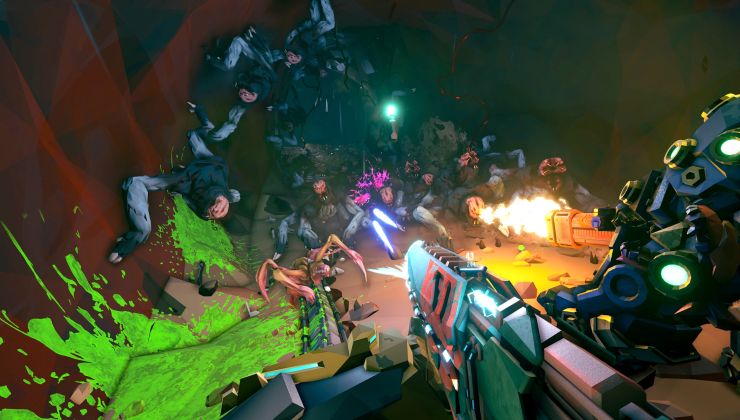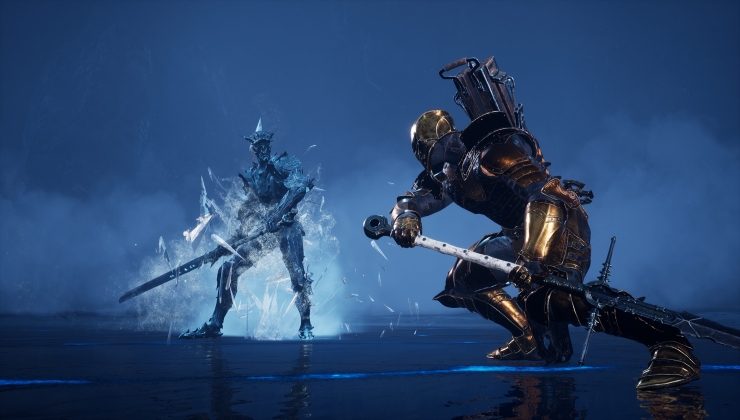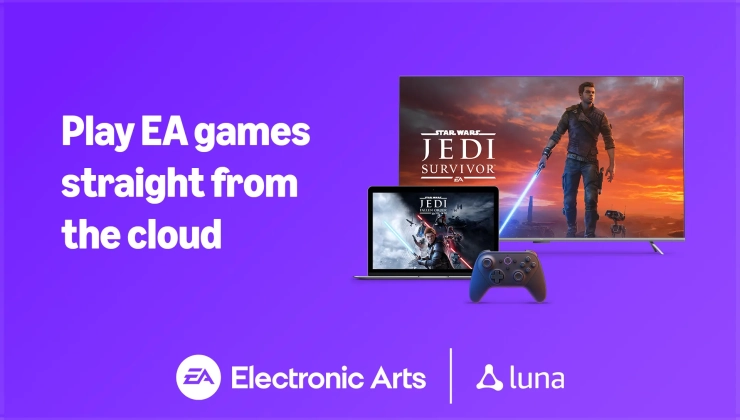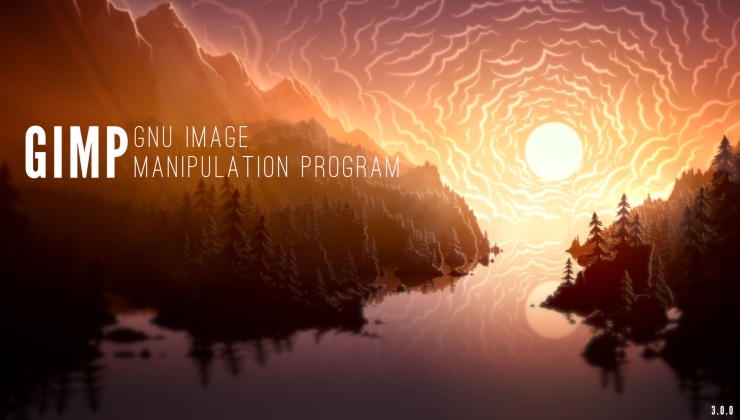While Ray Tracing has been available on Linux with NVIDIA for a long time now, the open source RADV Mesa driver for AMD GPUs is lagging behind but more work is progressing on it.
Developer Bas Nieuwenhuizen put up a new blog post jokingly titled "World's Slowest Raytracer" to show how far it has come. It's worth remembering, that AMD RADV is not the official AMD driver for Linux, as they roll their own with Radeon Software for Linux but that's only supported across a few distributions and you're just almost always better off sticking with Mesa.
In the new post Nieuwenhuizen mentions that RADV and Ray tracing has got to a point where the conformance testing is coming back at about a 90% pass-rate "of non-skiped tests" so it's getting close to a usable state. However, it's still clearly far from finished.
The current work is also slow to that point that it "has like half the Windows performance at 4k right now and we still have some feature gaps to make it really usable for most games". Why is it so slow though? It's pretty simple really. First you get it working, then you optimize it.
What's next? Nieuwenhuizen mentions getting the conformance testing to pass and then getting a merge request setup to get it all upstreamed to the Mesa project. From there, the plan is to have "a minimal prototype going for some DXR 1.0 games with vkd3d-proton just to make sure we have the right feature coverage" and of course plenty of optimizations.
Incredible progress. It was only in April that he blogged about getting a simple cube to raytrace. Now if I could only get my hands on one of those fancy 6x00XT cards that actually support hardware ray-tracing, I might be able to take advantage of the next iteration of his work!
You'll be able to even without! I'll be PR-ing support for older hardware around the same time! :)
You'll be able to even without! I'll be PR-ing support for older hardware around the same time! :)
how would it perform without hardware support for rtx?
I am curious.
Incredible progress. It was only in April that he blogged about getting a simple cube to raytrace. Now if I could only get my hands on one of those fancy 6x00XT cards that actually support hardware ray-tracing, I might be able to take advantage of the next iteration of his work!I don't want to call it hardware ray-tracing.
The RDNA-2 cards just support a new primitive to detect/calculate intersections, which is very handy for ray tracing, but you can use it for anything I guess. Like hitbox testing.
Source: I am not a graphics engineer, just trust me
Anyway:
AMD cards have always been capable of ray tracing, unlike Nvidia cards, because the CU's of AMD are more more beefy than that of Nvidia.
And with RDNA-2 they added helpful primitives, still keeping the CU generic. I mean, that's how it sounds like to me.
It sounds like the good old days of the TIGA34020 are still not over. If I take some time, I can have a lot of joy from this technology.
I had a TIGA34020 *ISA* card in my 486. I could download a complete 3d render program to the card, and only send camera positions to the card, and the card would just render a "city" on it's own @1280x1024
I now have an RX580 connected only with a 500MB/s bus (PCIe2x1), and it still works the same. It can drive a 4k screen while gaming because everything is on the card. PCIe3x16 is so overrated.
Except of course GTA IV, but that seems a problem with GTA IV.
GTA V DX11 / DXVK rendering on 4k is much faster than GTA IV DX9(?) / DXVK rendering.
And I am off getting off topic again. Happens when I did not get my dose of coffee.
Setting "RADV_PERFTEST=rt" environment doesn't help either.
Last edited by yahya on 21 Aug 2021 at 9:47 am UTC









 How to set, change and reset your SteamOS / Steam Deck desktop sudo password
How to set, change and reset your SteamOS / Steam Deck desktop sudo password How to set up Decky Loader on Steam Deck / SteamOS for easy plugins
How to set up Decky Loader on Steam Deck / SteamOS for easy plugins
See more from me